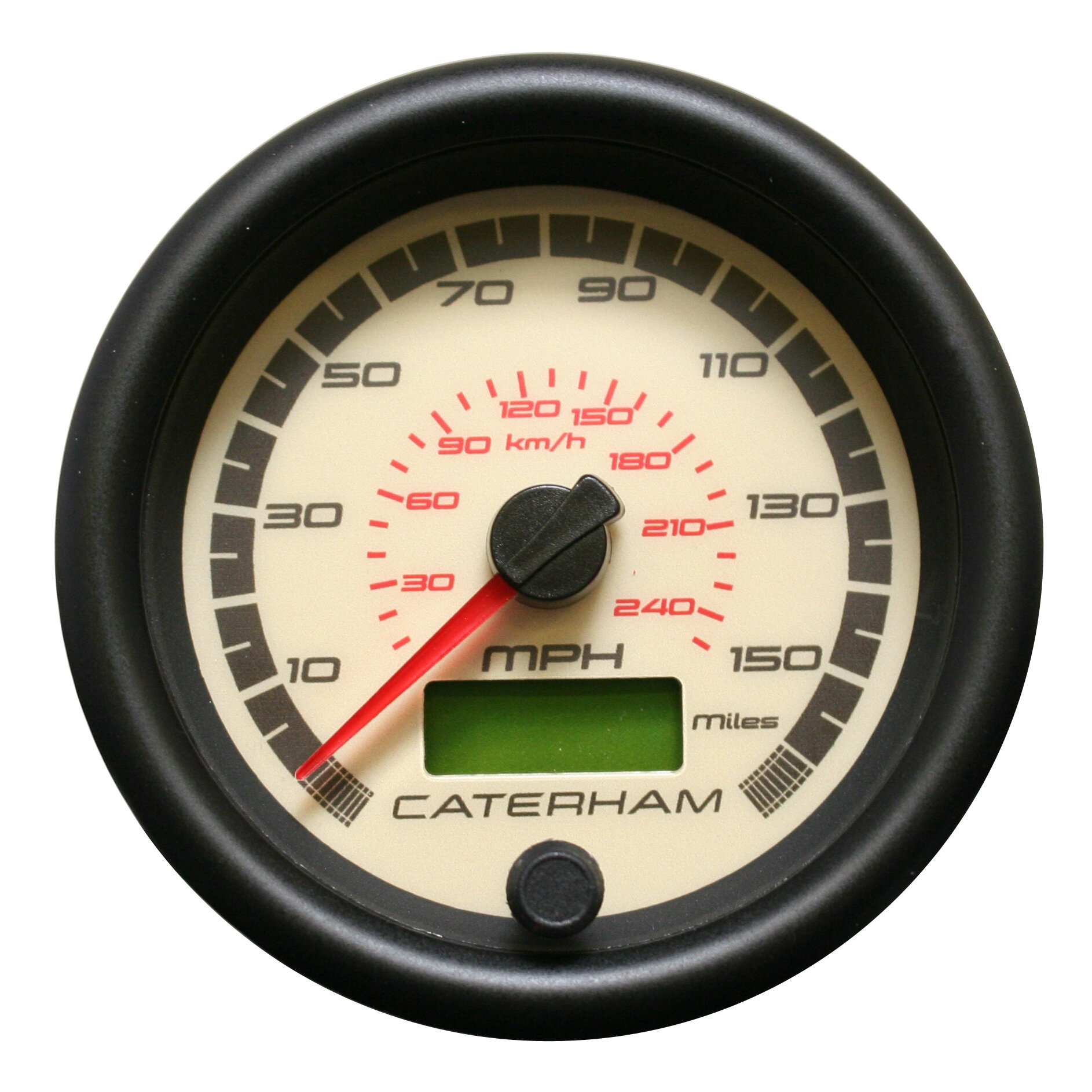Improve Your Driving Experience with a Trustworthy Tachometer
Improve Your Driving Experience with a Trustworthy Tachometer
Blog Article
Unlocking the Secrets of Tachometers: Whatever You Required to Learn About This Essential Tool in Your Lorry
Recognizing the complexities of tachometers can provide beneficial insights into your vehicle's performance and upkeep demands. From determining engine speed to understanding the information it presents, tachometers offer as a critical tool for automobile proprietors and lovers alike. By unraveling the enigmas behind this essential instrument, you can unlock a wealth of information that can boost your driving experience and make sure the durability of your vehicle.
Importance of Tachometers
The value of tachometers lies in their ability to provide crucial real-time data about an engine's rotational rate, enabling for precise tracking and upkeep of machinery. By determining the changes per min (RPM) of an engine's crankshaft, tachometers use beneficial understandings right into the engine's efficiency - tachometer. This information is important for ensuring that the engine runs within its ideal array, preventing possible damage from over-revving or underperforming
Tachometers play a crucial role in aiding operators and specialists discover any type of abnormalities in the engine's rate, which might suggest concerns such as gas inadequacy, mechanical issues, or excessive strain on the engine. By promptly determining these problems via tachometer analyses, upkeep can be carried out proactively, preventing pricey repairs and downtime in the future.
In addition, tachometers are particularly important in high-performance automobiles and machinery, where precise control over engine speed is required for ideal procedure. Competing cars and trucks, airplane, and commercial tools rely upon tachometers to supply peak efficiency while keeping safety requirements. Essentially, tachometers are not just tools for determining rate but essential devices for making certain the smooth and effective procedure of engines throughout various applications.
How Tachometers Step Engine Speed
Making use of sensors that detect the regularity of electric pulses produced by the engine's ignition system, tachometers properly measure the rotational rate of an engine. By keeping an eye on the price at which these pulses are received, tachometers provide real-time responses on how quickly the engine's crankshaft is revolving per minute, typically referred to as revolutions per min (RPM)
The tachometer's sensing unit, frequently linked to the engine's ignition coil or trigger plug wires, picks up the electrical signals produced each time a cylinder fires. These signals are then exchanged RPM analyses displayed on the gauge or instrument collection within the driver's sight. Tachometers can be analog or digital, with contemporary lorries typically featuring electronic display screens for accurate and instantaneous RPM analyses.
This information is vital for drivers to recognize the engine's performance, protect against over-revving, enhance gear moving, and ensure efficient gas intake. By accurately gauging engine speed, tachometers play a vital duty in aiding vehicle drivers operate their lorries safely and successfully.
Analyzing Tachometer Readings
Having a clear understanding of how tachometers gauge engine speed sets the foundation for effectively analyzing the RPM analyses presented. Interpreting tachometer analyses is critical for optimum car efficiency and engine health and wellness. RPM (Revolutions Per Minute) readings on the tachometer show the rate at which the engine's crankshaft is revolving. When the engine is idling, the tachometer needle normally rests around 600-1000 RPM, depending on the vehicle. As you increase, the RPM will certainly enhance, mirroring the engine's higher rotational rate. When shifting equipments in a hand-operated transmission automobile, the RPM will certainly drop as you engage the clutch and modification gears, then climb once again as you accelerate in the brand-new gear. Checking the tachometer can assist sites you establish the most effective changing indicate maximize gas economy and engine power. Furthermore, unusual fluctuations or consistently high RPM analyses can show possible issues with the engine that may need professional interest. By focusing on the tachometer readings and understanding exactly how to translate them, you can guarantee your vehicle runs smoothly and successfully.


Tips for Making Use Of Tachometers Effectively
To enhance driving performance and enhance engine efficiency, what key methods can be applied for successfully utilizing tachometers? Tachometers are important devices that supply real-time feedback on engine speed, making it possible for vehicle drivers to make navigate to this site enlightened choices for better efficiency - tachometer. Right here are some tips for utilizing tachometers properly:
Recognizing Optimum RPM Variety: Familiarize on your own with the ideal RPM (Revolutions Per Min) range for your car. This range differs between different cars and trucks and is typically suggested in the proprietor's guidebook. Keeping the engine within this variety can enhance fuel effectiveness and lengthen the engine's lifespan.
Changing Gears at the Right Time: Use the tachometer to figure out the ideal time to move gears. Objective to shift gears when the RPM reaches the optimum array for the following equipment.
Monitoring Engine Anxiety: High RPMs for long term durations can strain the engine. Watch on the tachometer to avoid over-revving, especially throughout acceleration or when lugging hefty lots.
Tachometers and Lorry Maintenance
When thinking about automobile maintenance, tachometers play a vital function in monitoring engine efficiency and identifying possible issues. Tachometers supply essential data on engine speed, permitting drivers and mechanics to make sure that the engine is operating within the suggested RPM variety. Routinely keeping an eye on the tachometer analyses can help determine troubles such as engine misfires, worn-out stimulate plugs, or issues with the fuel shipment system. By focusing on the tachometer, motorists can prevent excessive pressure on the engine, which can bring about pricey repair services down the line.
Along with spotting potential problems, tachometers can likewise help in optimizing fuel efficiency. By maintaining the engine rate within the ideal array, chauffeurs can enhance their gas mileage and reduce gas intake. This not just benefits the chauffeur's budget yet also contributes to ecological preservation by lowering unsafe article source emissions.
Conclusion

Report this page